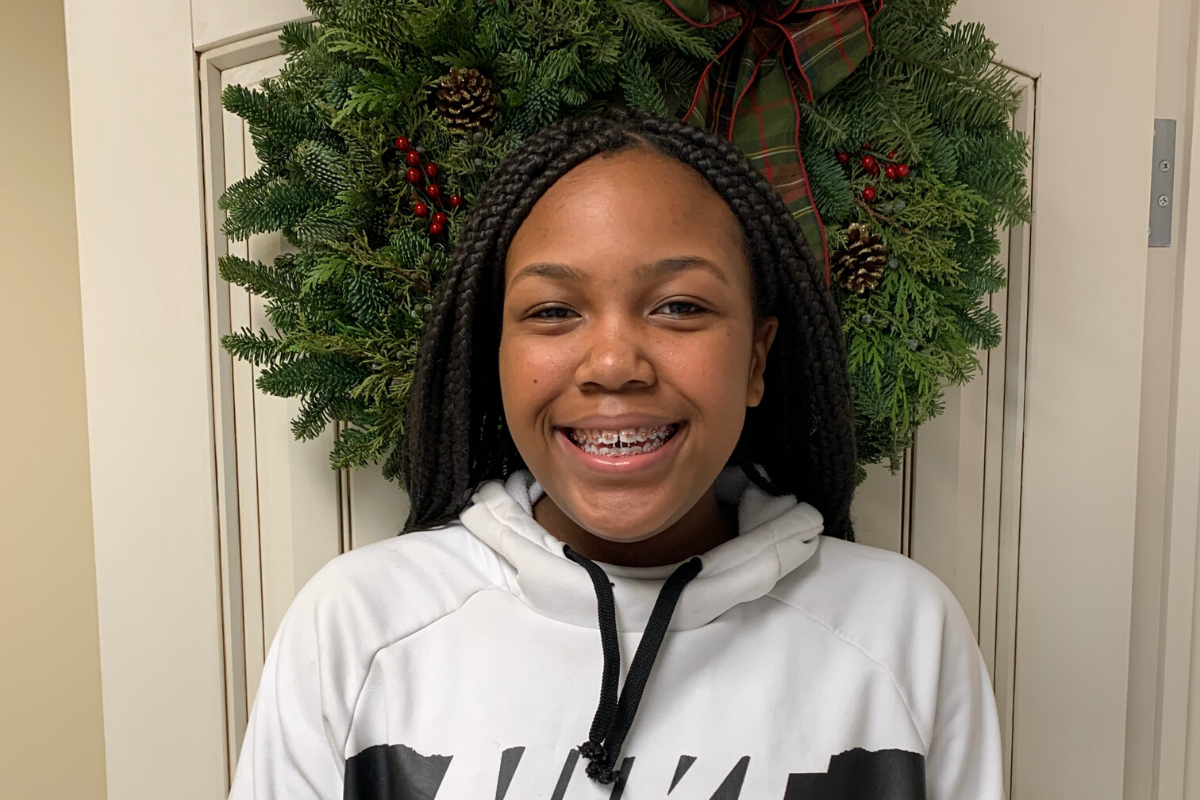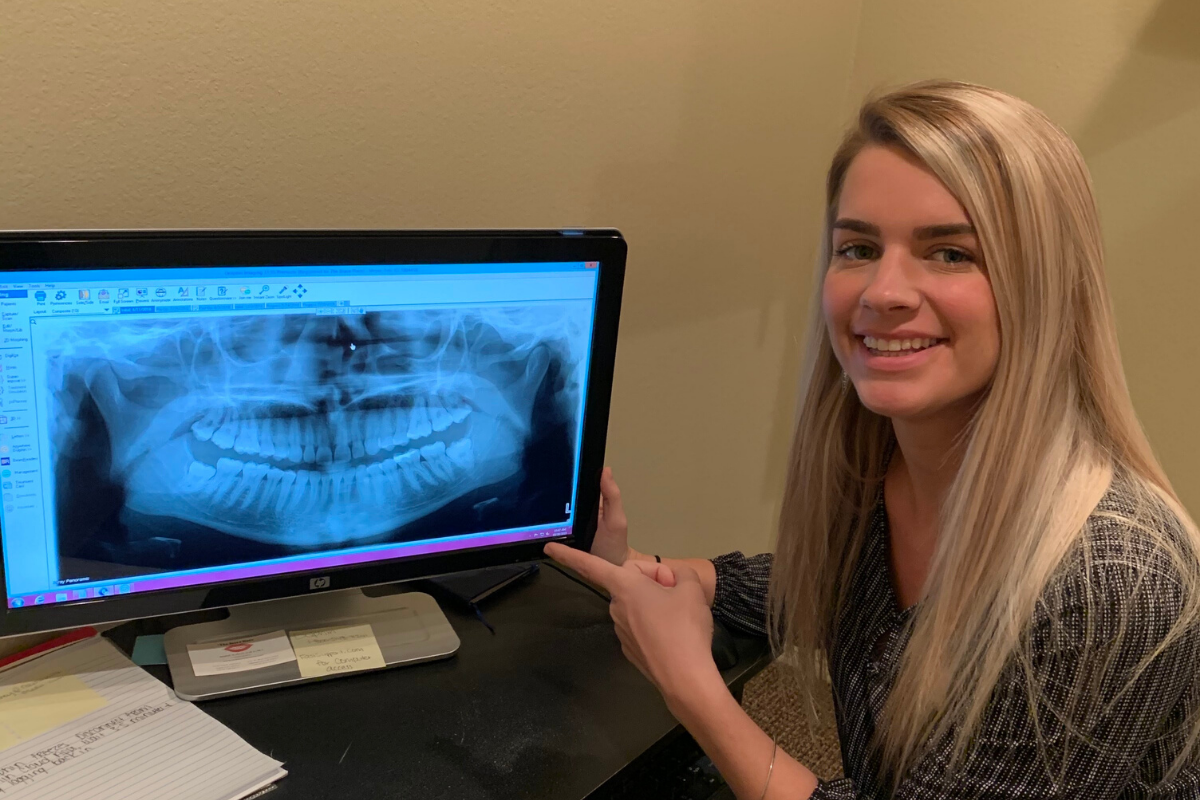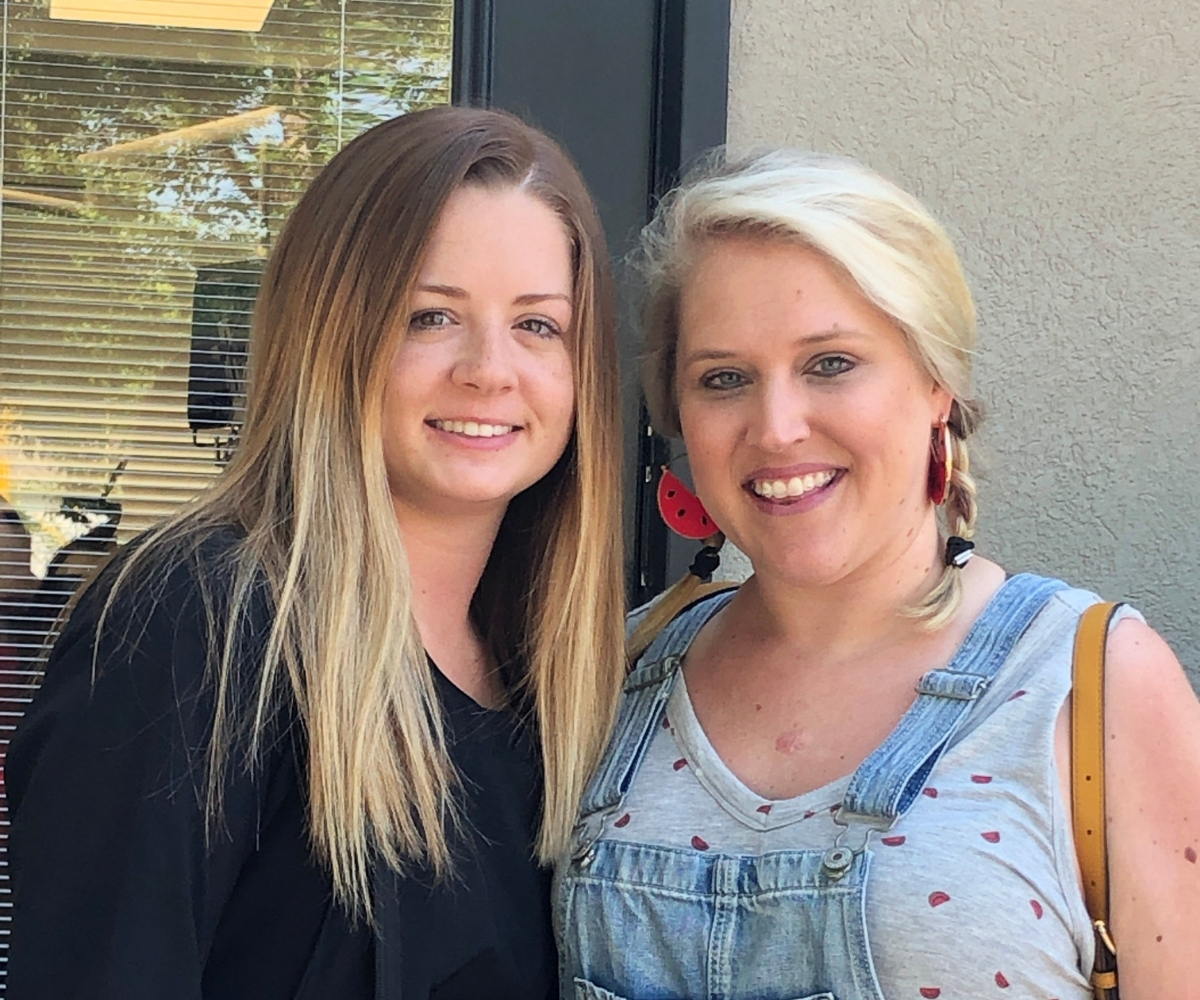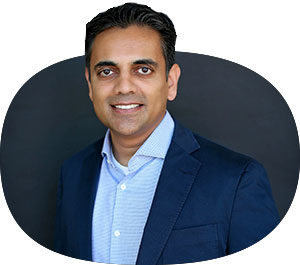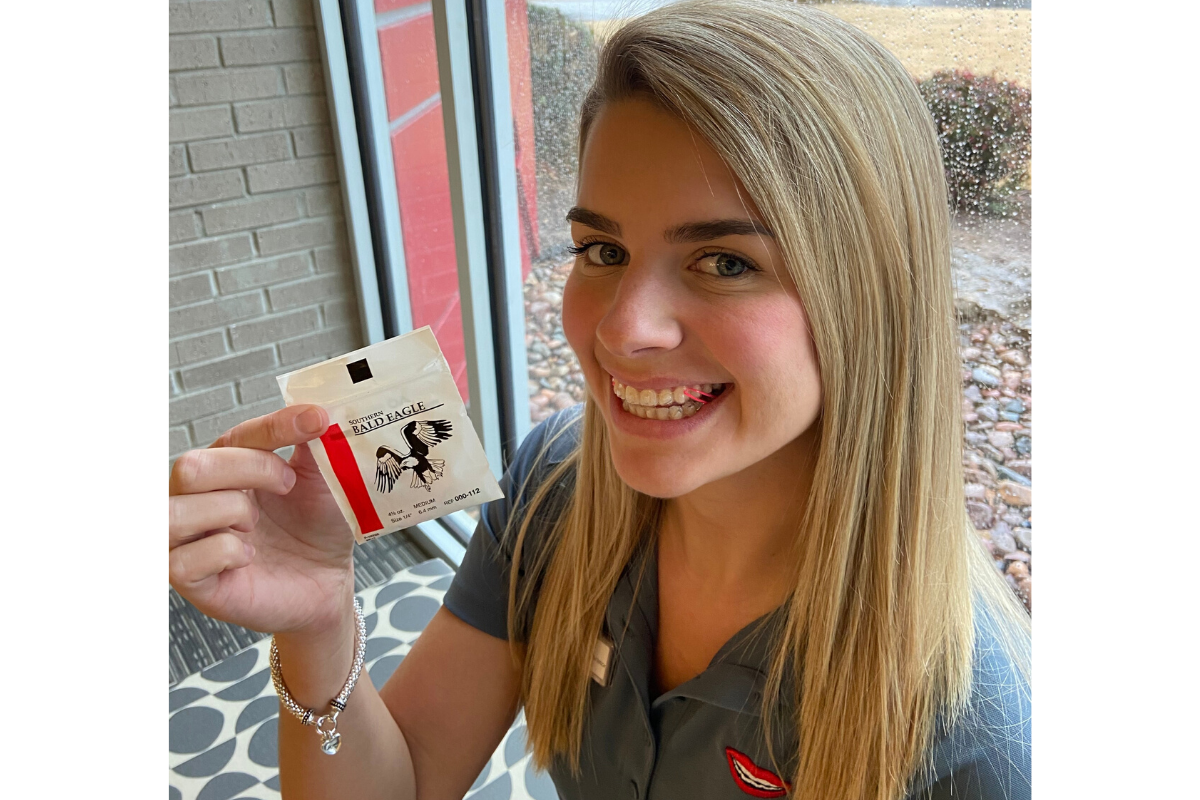
Everyone knows that braces and Invisalign are proven ways to straighten your teeth. Through a combination of technologies, they work to gradually improve your smile and align your bite over time. But as effective as these orthodontic treatments are, they often need support from additional tools to help you achieve your desired results. One of the little helpers we use most often at The Brace Place is orthodontic rubber bands.
Rubber bands are a powerful add-on to your (or your child’s) orthodontic treatment. They work with both braces and Invisalign to guide your teeth into their final place. These rubber bands differ from the tiny elastics that hold the wire into the brackets. Instead, rubber bands give braces and aligners a little more leverage to perfect your bite.
Feeling a little confused? Don’t worry. Your Tulsa and Claremore orthodontists created this guide to rubber bands to help you get the most out of your treatment. Read on to learn everything you need to know about how rubber bands and braces work together.
What Are Orthodontic Rubber Bands?
As you probably already know, braces and Invisalign put pressure on your teeth and jaw to slowly move them into the desired position. However, these devices treat your top teeth and bottom teeth separately. This can become a problem when it comes to aligning your jaw. To achieve a perfect bite, we need to look at the mouth as a whole and treat the entire jaw together.
In order to align your jaw so your teeth fit together properly when you bite down, we need to create a connection between your upper and lower jaw. We also sometimes have to use extra force to bring your jaw into alignment. Rubber bands allow us to do both, helping to shorten your treatment time and give you your best smile.
Now that you know what braces rubber bands are for, it’s important to understand what they are not. They’re not the same thing as the regular rubber bands you find at home or at the office — in fact, using those types of elastics on your braces is extremely dangerous. Orthodontic rubber bands are made from a high-tech, medical grade latex that’s 100% safe to have in your mouth. (If you have a latex allergy, other options are available). So always be sure to use the braces rubber bands you get from your Claremore and Tulsa orthodontist.
How to Use Braces Rubber Bands
There are a lot of things to learn when you first get braces, so adding another appliance into the mix can feel a little overwhelming at first. Fortunately, rubber bands for braces are extremely easy to use. Actually, your braces are already designed for use with rubber bands, with little hooks to hold your elastics. They’re also used mostly during the bite-fixing part of your treatment, so by the time your orthodontist tells you to wear them, you’ll be an expert at having braces or Invisalign.
The positioning of your rubber bands will depend on the issue you’re trying to correct. For example, to fix an underbite, the rubber bands typically run from the lower front teeth to the back upper teeth. An overbite will have the opposite positioning. Your Tulsa orthodontist will give you detailed instructions for exactly how to wear your braces rubber bands, but here’s a basic guide for how to put rubber bands on your braces:
- If you have braces, loop your rubber bands onto the little hooks on your braces to connect the upper jaw to the bottom. There may be hooks in different places so always follow your orthodontist’s instructions to make sure you’re affixing your elastics in the right place.
- For Invisalign, there are two ways to use rubber bands. You will either loop your rubber bands around clear “buttons” that will be bonded directly to your teeth, or onto precision hooks that are cut into your plastic aligners.
Quick Tips for Braces Rubber Bands
Well, that was a lot of information on rubber bands! We know there’s a lot to take in when you’re new to braces. To make your braces or Invisalign treatment as simple as possible, here’s a list of dos and don’ts for how to wear and take care of your rubber bands for braces.
- Wear your rubber bands for 24 hours a day. Only take them out to brush, floss and, if necessary, to eat.
- Always follow your orthodontist’s instructions. Your Tulsa and Claremore orthodontist knows best and has designed your treatment plan to treat your specific needs.
- Replace elastics regularly. Rubber bands for braces can get stretched out pretty quickly, so you may need to swap them out throughout the day. Just be sure to only use rubber bands provided by your orthodontist!
- Don’t take them off if your teeth hurt. Every time you take your elastics off, it slows down your treatment time. We know it can be uncomfortable at first, but with regular use, your teeth will adjust.
- Call The Brace Place if you have any questions, concerns or if you’re running low. Dr. Anand Patel is a highly trained orthodontic specialist. If you need more elastics, or if you have any questions about how to use your rubber bands, don’t hesitate to call us.
Ready to find out how The Brace Place can give you the smile of your dreams? Call today to book a free consultation.

